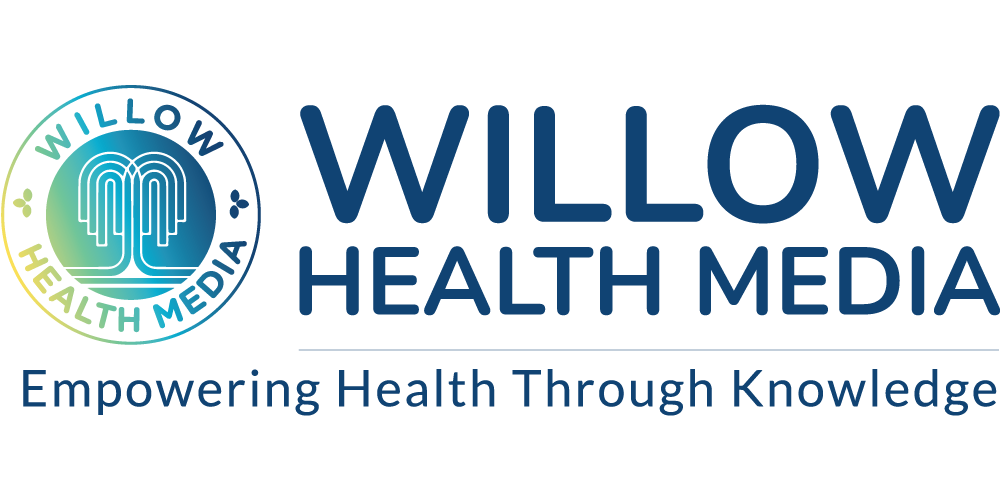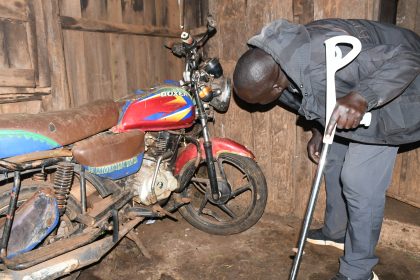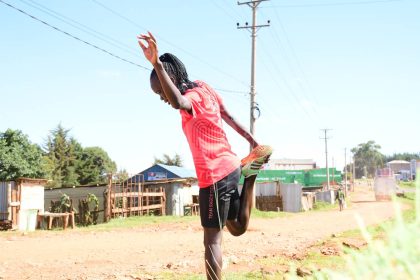The government spends Ksh2,309 per person annually—less than half the cost of treating a single malaria case – World Bank Report
Kenyans are living longer with life expectancy rising from 54 years to 67 in the last two decades. Death rates have also improved dramatically, dropping from 1,052 to 357 per 100,000 people, while fewer children are dying thanks to better treatment of childhood diseases and stronger clinics, according to the 2025 World Bank’s Public Finance Review for Kenya.
But behind these gains, serious problems remain. Too many mothers still die during childbirth, and Kenya struggles to reduce maternal deaths, newborn mortality, malnutrition, and chronic diseases. In fact, non-communicable diseases (NCDs) like diabetes, high blood pressure, and cancer now kill more people than HIV/AIDS, malaria, and lung infections combined, becoming the country’s top health threat.
The numbers show progress, but the reality for many Kenyans is a healthcare system still failing where it matters most.
These diseases remain among the top 10 killers in the country. Rural and marginalised populations continue to face the greatest health inequities.
A mere Ksh127 billion for health was down from Ksh141.2 billion the previous year
Kenya’s health workforce nearly doubled to 190,000 by 2020, with clinics sprouting across the country. Yet the government keeps tightening the purse strings. In the 2024/2025 budget, a mere Ksh127 billion was set aside for health, down from Ksh141.2 billion the previous year. This continues a worrying trend of cuts, leaving health spending at just two per centof GDP, far below the World Health Organization’s (WHO) recommended five per cent of GDP.
Do the math: With a population of 55 million means each Kenyan is effectively allocated just Ksh2,309 for health annually, an amount insufficient to cover even a single inpatient malaria hospitalisation, which costs families Ksh5,964 on average, according to a 2021 study on malaria hospitalisations in western Kenya published by PubMed.
Many health facilities across Kenya remain desperately understaffed and under-equipped. Overworked health workers—many going months without pay—regularly resort to strikes.
Devolution brought hospitals closer to communities but created new battles: counties and the national government locked in endless power struggles over who controls what.
For years, getting sick in Kenya has been a huge headache for Kenyans living below the poverty line. But in 2023, government reforms introduced three new funds: the Primary Healthcare Fund (PHCF), needing Ksh61 billion, the Emergency, Chronic & Critical Illness Fund (ECCIF), requiring Ksh107 billion, and the Social Health Insurance Fund (SHIF).
The government hoped mama mboga, boda boda riders would chip in
These represent ambitious shifts towards pooled risk and sustainable financing mechanisms, but the SHIF benefit package is ambitious and currently unlikely to be affordable.
SHIF is a contributory scheme financed through mandatory payroll deductions (2.75 per cent) from employees in the formal sector. The government hoped everyone, including mama mboga and boda boda riders who make up 80 per cent of the informal sector, would chip in 2.75 per cent of their household income to sustain the Fund. But most don’t.
As a result, SHIF is projected to collect only Ksh67 billion per year, far below the target of Ksh157 billion.
Compounding the problem is the recent withdrawal of US government donor funding of healthcare, which accounted for 60 per cent of Kenya’s HIV/AIDS program funding. This leaves a significant shortfall in a critical area of healthcare.
Adding to financial pressures are the recent tax policy changes, which may reduce domestic revenue for health. While Kenya taxes alcohol, cigarettes, and soft drinks to fund healthcare, the 2024 tax changes reduced taxes on beer, cutting health revenues even further.
Kenya’s healthcare blueprint is good on paper—universal health coverage, better clinics, fairer access—yet without real money, real enforcement, and real political courage, they’re just ink. Kenya’s health revolution won’t be won by slogans or half-measures, but by a fundamental choice: invest properly in people’s lives or watch decades of progress unravel. For now, the prognosis remains grim—a system designed to heal is slowly bleeding out.

























